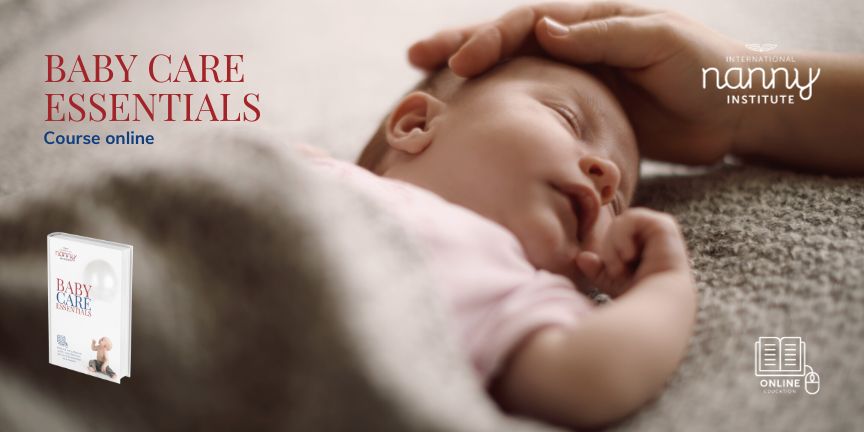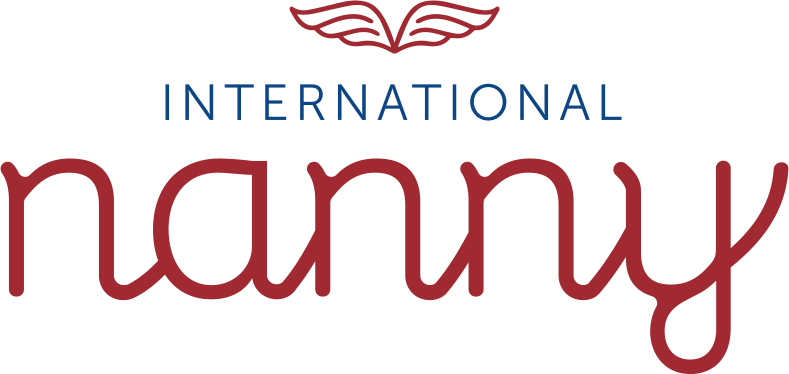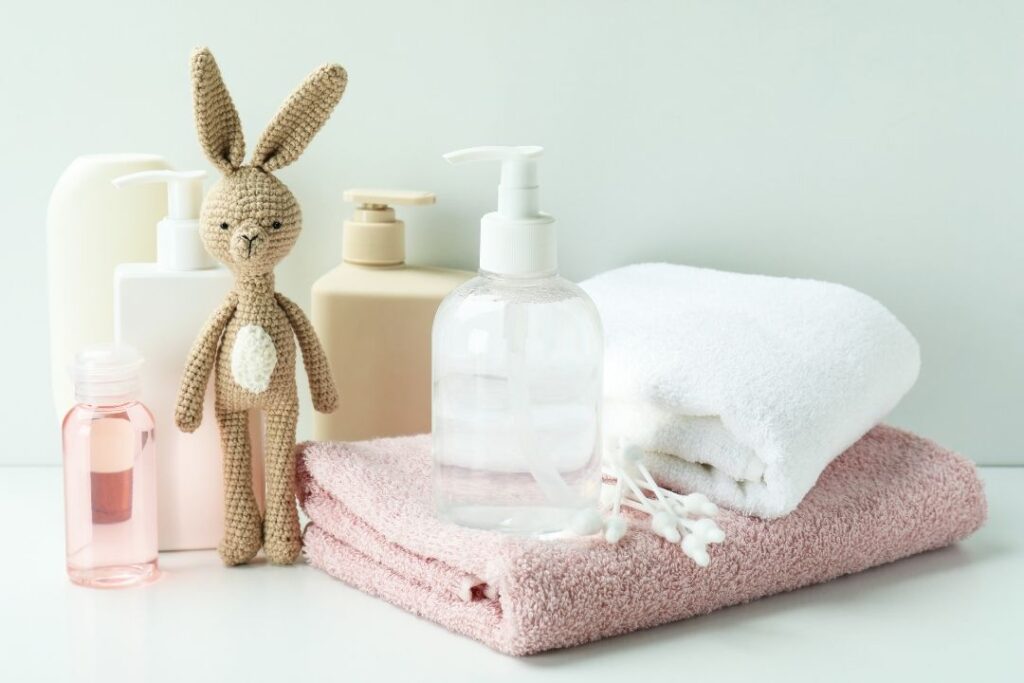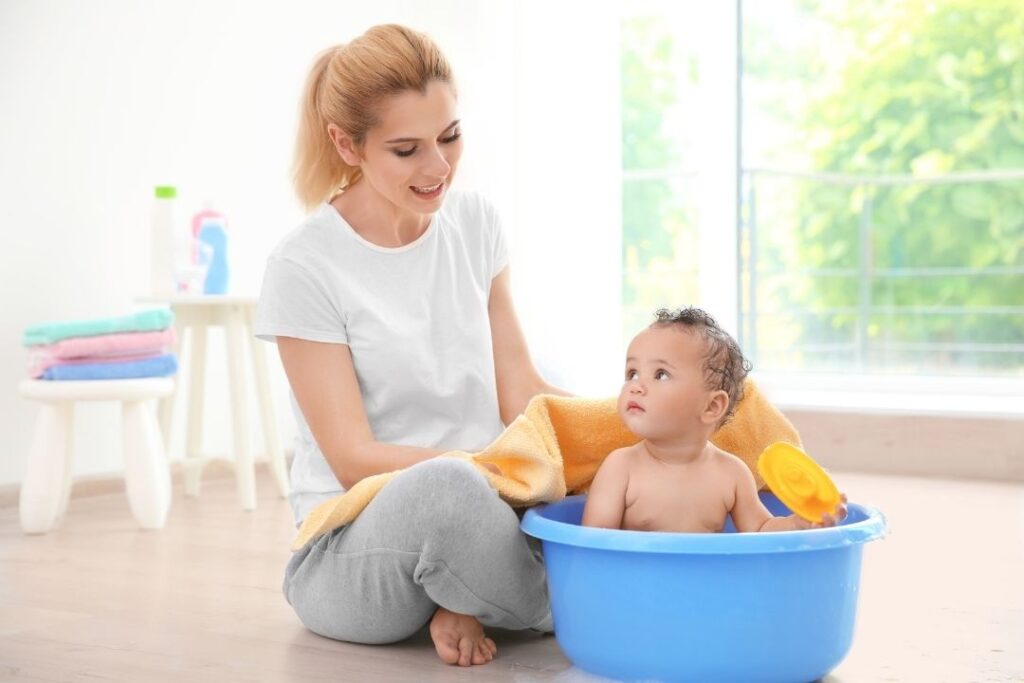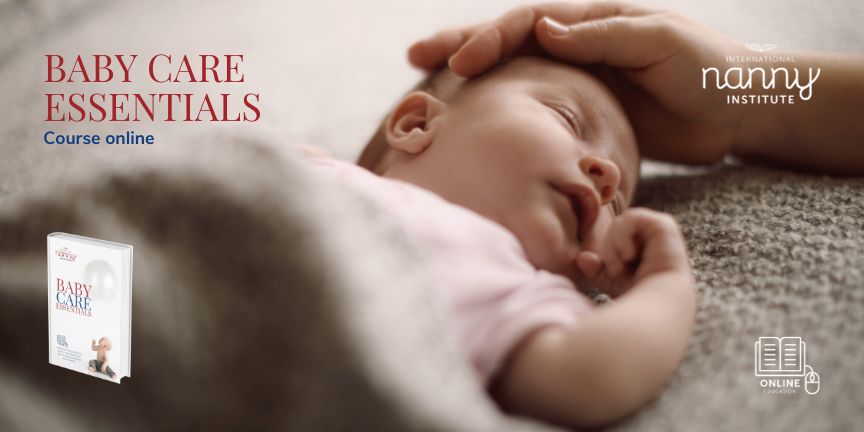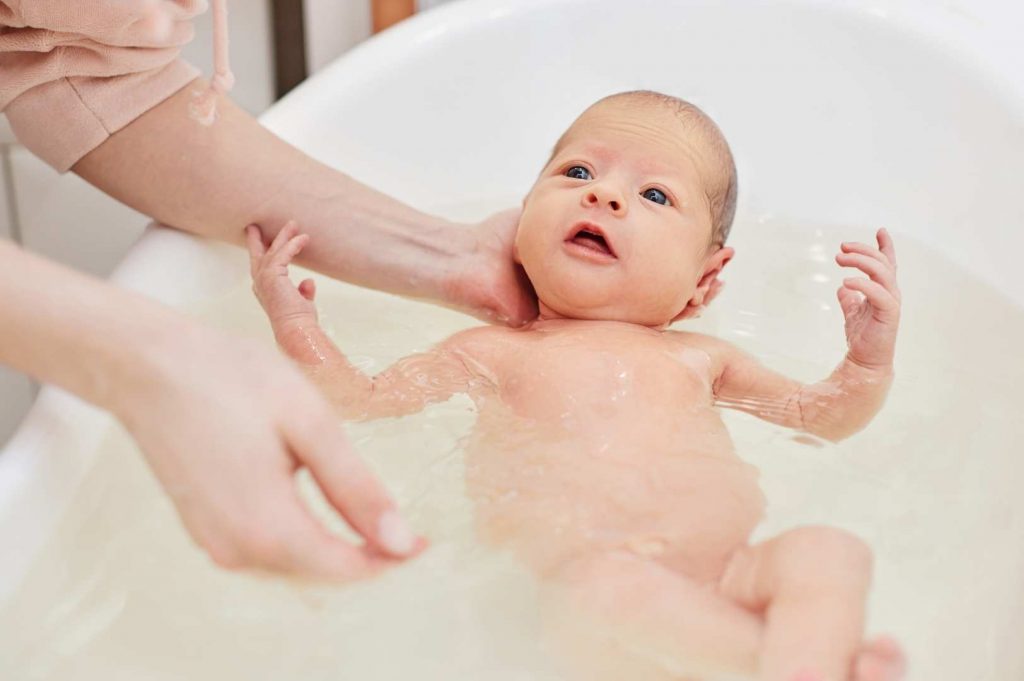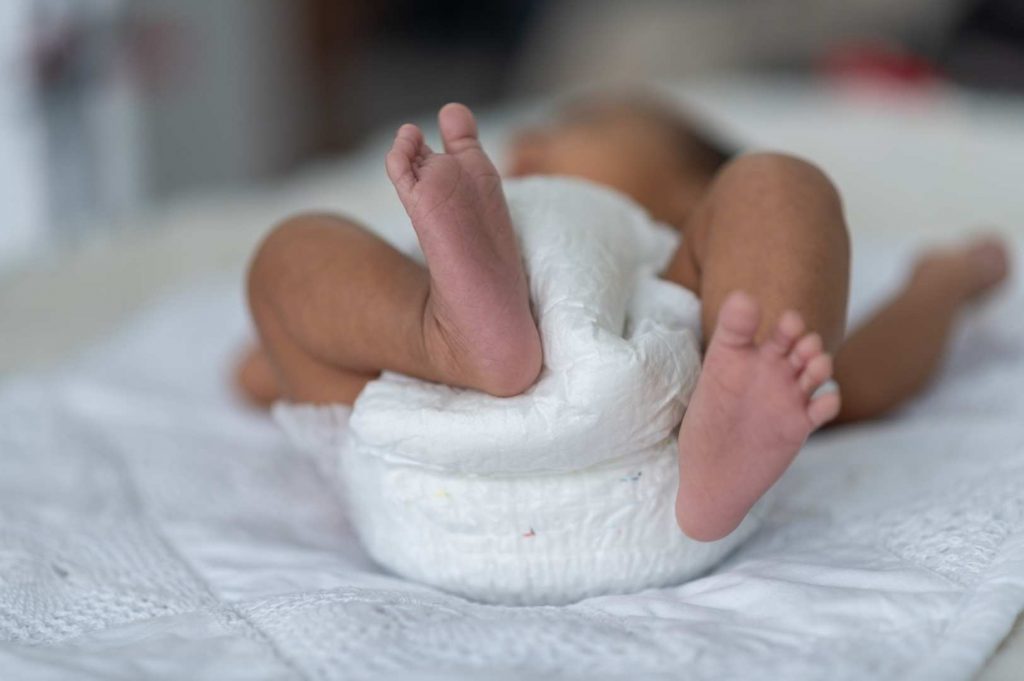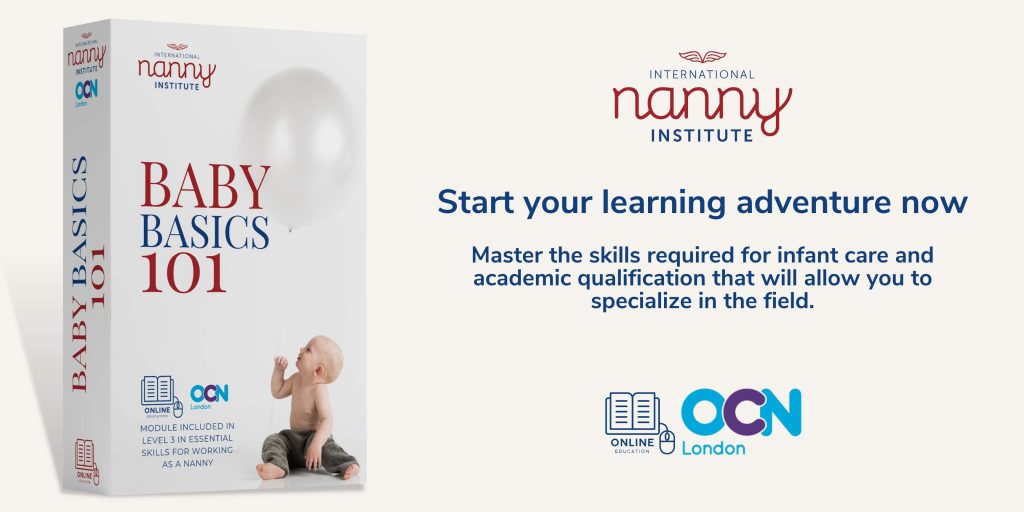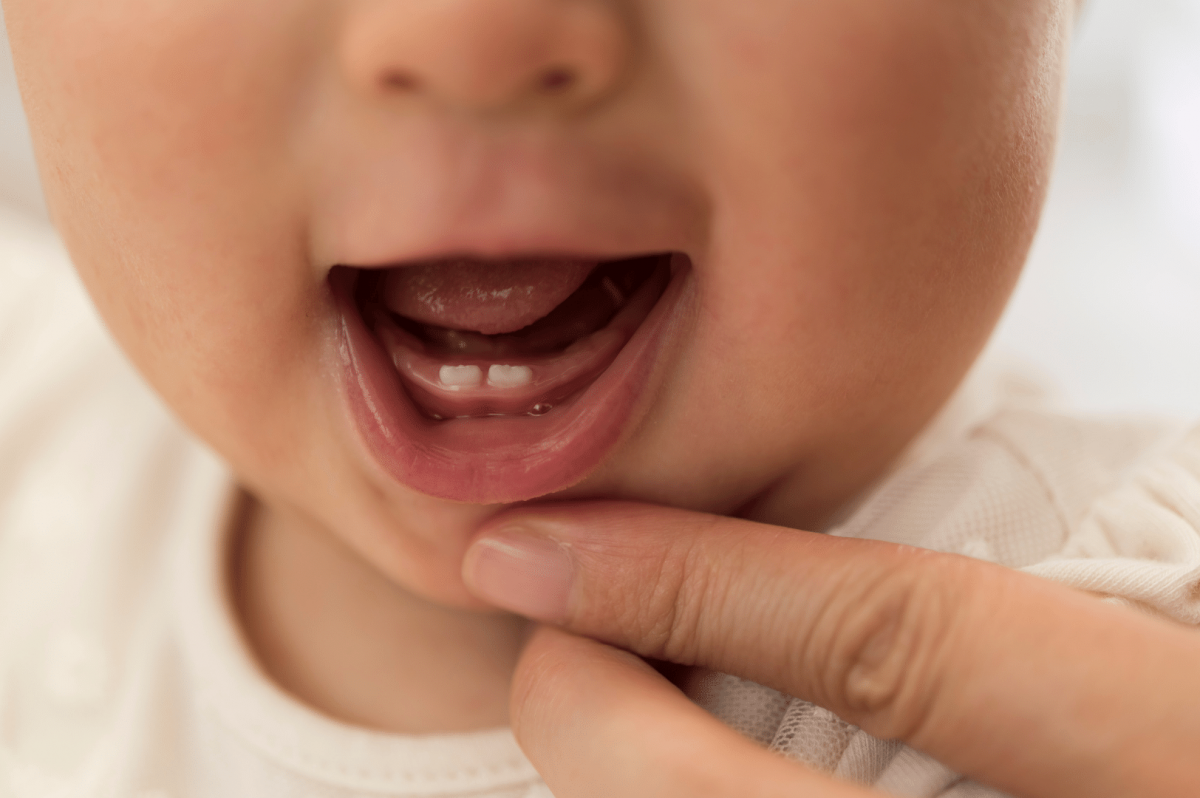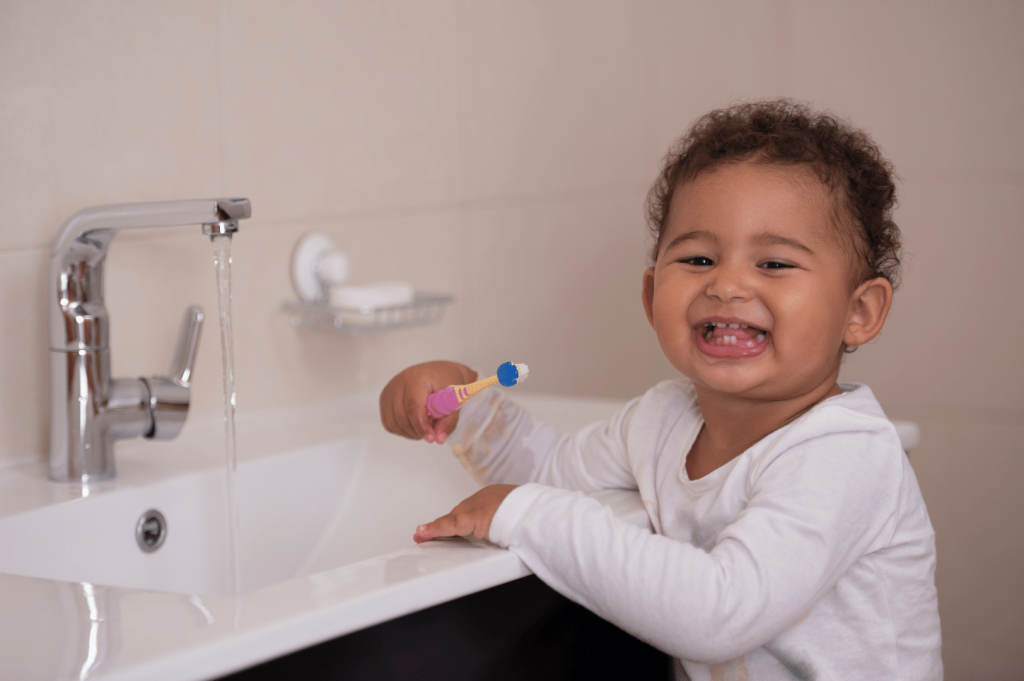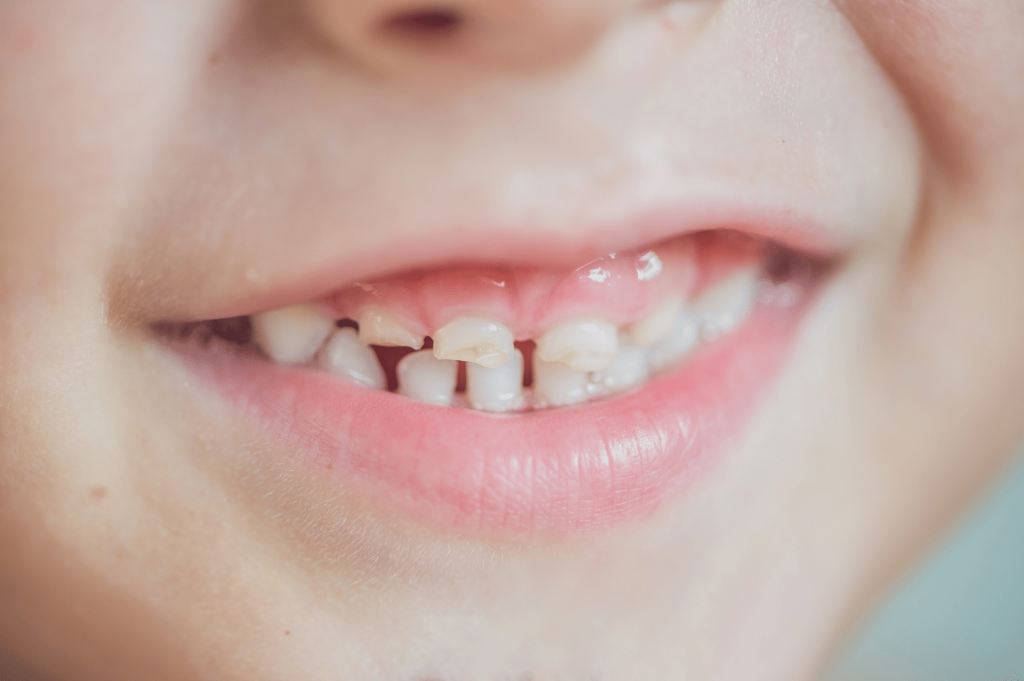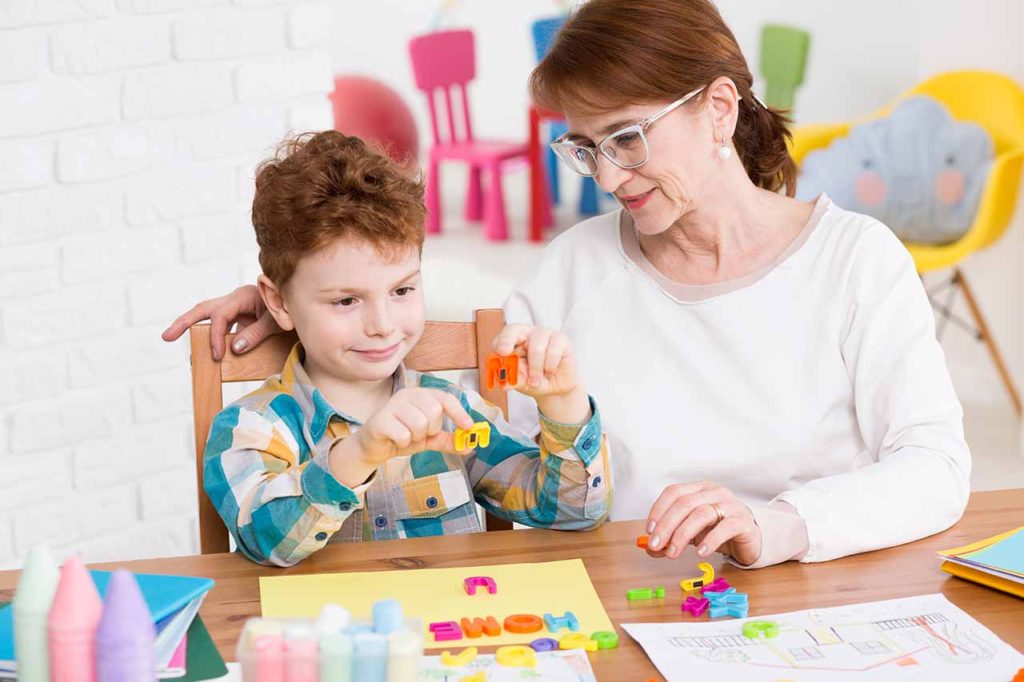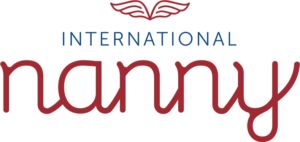Baby’s first trip to the beach is an exciting milestone filled with new experiences and sensory delights. As a nanny, it’s essential to be well-prepared and knowledgeable about how to create a safe, enjoyable, and memorable outing for both the baby and yourself. In this blog, we will dive into the world of preparing for a baby’s first day at the beach, discussing important considerations, practical tips, and must-have items to ensure a fun and stress-free experience.
Why is Baby’s First Day at the Beach Special?

Baby’s first day at the beach is a unique adventure that offers numerous benefits for their development and well-being. The beach provides a stimulating environment filled with sensory experiences, natural wonders, and opportunities for bonding. Here are a few reasons why baby’s first day at the beach is so special:
Sensory Exploration
The beach offers a wide range of sensory stimuli, from the feel of sand beneath their tiny toes to the sound of crashing waves and the smell of salty air. These sensory experiences promote cognitive development and sensory exploration, helping babies learn about the world around them.

Nature’s Playground
The beach is like a natural playground for babies, with endless opportunities for exploration and discovery. They can observe seashells, watch seagulls fly overhead, feel the water’s coolness on their skin, and even try building sandcastles. These experiences stimulate their curiosity and support their cognitive and motor skill’s development.
Bonding and Quality Time
Taking a baby to the beach provides a wonderful opportunity for bonding and creating lasting memories. The relaxed environment and new experiences strengthen the caregiver-child relationship, fostering trust and emotional connection. It’s a chance to share special moments and enjoy quality time together.
Practical Tips for Baby’s First Day at the Beach
To make baby’s first day at the beach a safe and enjoyable experience, here are some practical tips to consider:
Sun Protection
Protecting a baby’s delicate skin from the sun’s harmful rays is crucial. Apply a broad-spectrum, baby-safe sunscreen with at least SPF 30 to all exposed areas, including the face, ears, neck, and hands. Dress the baby in lightweight, breathable clothing that covers their arms and legs, and don’t forget a wide-brimmed hat and UV-protective sunglasses.

Shade and Rest Areas
Create a shaded area where the baby can take breaks from the sun and relax. Bring along a large beach umbrella or a pop-up tent that provides ample shade and a safe space for the baby to rest, nap, or play.
Hydration and Snacks
Keep the baby hydrated in the sun by offering frequent sips of water from a sippy cup or bottle. Pack a cooler with healthy snacks, such as sliced fruits, baby-friendly finger foods, and chilled yoghurt or purées. Remember to choose snacks that are suitable for their age and easy to handle at the beach.
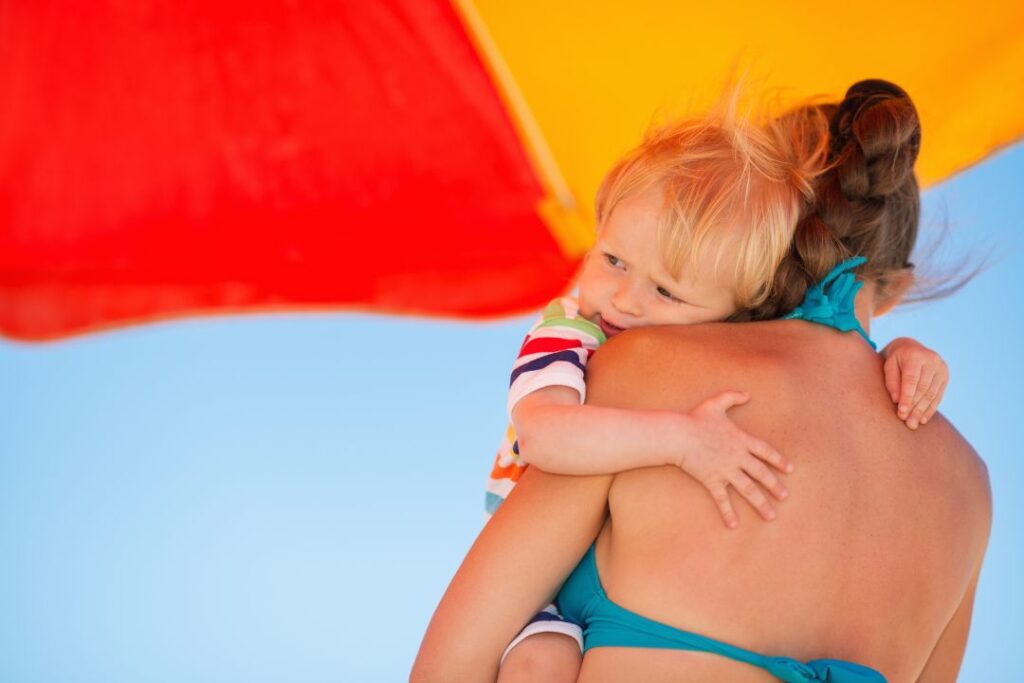
Beach Essentials
Pack a beach bag with essential items such as towels, extra clothing, swim nappies, wipes, and a changing pad. Bring a large blanket or beach mat for the baby to sit or play on. Consider bringing a portable baby bathtub or a small inflatable pool to create a safe water play area.
Toys and Entertainment
Select age-appropriate beach toys that are safe and easy to clean. Bring buckets, shovels, sand moulds, and toys that can be rinsed off after use. Avoid small toys that can pose a choking hazard. Additionally, consider bringing a beach-friendly book or a soft toy for comfort and entertainment.
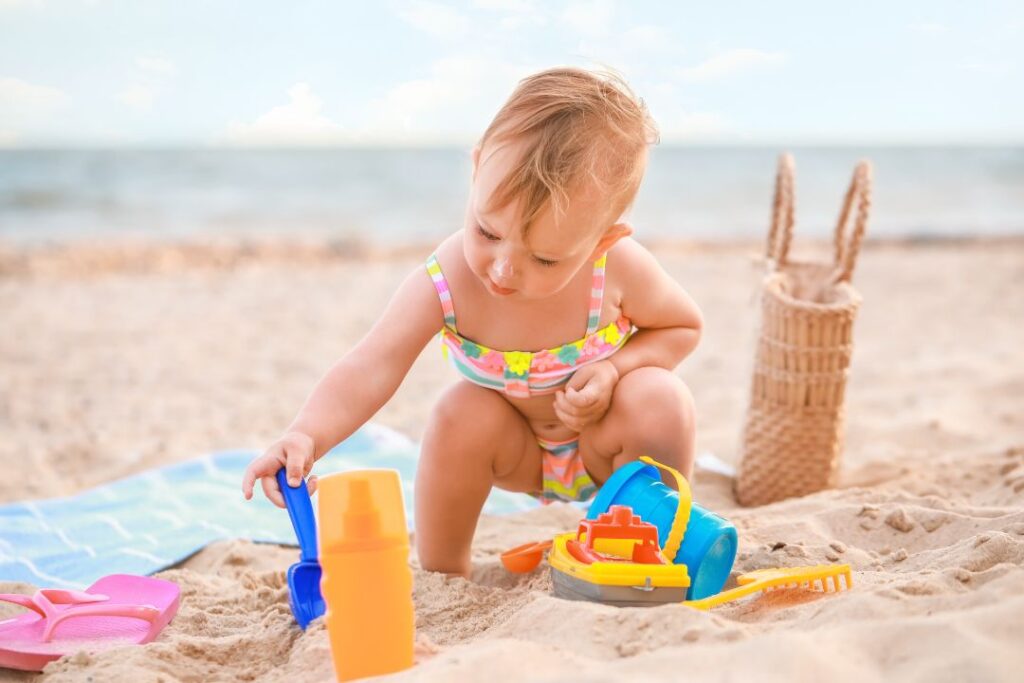
Safety Precautions
Always keep a close eye on the baby and ensure they stay within reach. Avoid letting the baby crawl or walk on hot sand or near the water without proper supervision. Be mindful of potential hazards like shells, rocks, or debris that the baby might put in their mouth.
Cleanliness and Hygiene
After a day at the beach, clean the baby’s skin thoroughly to remove sand, salt, and sunscreen residue. Rinse their body gently with fresh water and pat dry with a soft towel. Pay extra attention to areas like the diaper area, folds, and creases. Change them into fresh, dry clothes to prevent discomfort or irritation.
Embrace the Experience
Baby’s first day at the beach is a remarkable adventure for both of you. Embrace the joy and wonder of the moment, and encourage the baby to explore and engage with their surroundings. Talk to them about the beach, collect seashells together, and let them feel the sand between their fingers.

By following these practical tips and being well-prepared, you can ensure that baby’s first day at the beach is a positive and memorable experience. Imagine the joy on a baby’s face as they experience the beach for the first time, feeling the sand between their tiny toes and hearing the soothing sound of ocean waves. With the knowledge gained from Baby Care Essentials, you can create safe and enriching experiences like a day out at the beach that contribute to their holistic development. By enrolling in this course, you will gain in-depth knowledge about various aspects of infant care, and how to create a safe environment for babies to explore and engage with their surroundings, ensuring their well-being while fostering their cognitive, motor, and sensory development.
As a nanny, continuously expanding your knowledge and skills in child care is essential. Do you want to take your career to new heights by expanding your knowledge and skills in child care? Enrol in Baby Care Essentials and embark on a journey of continuous learning.
